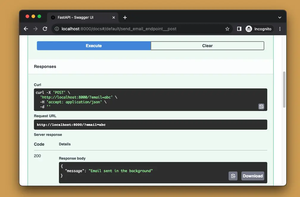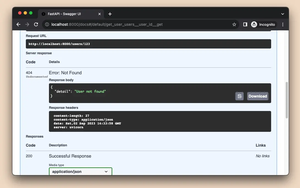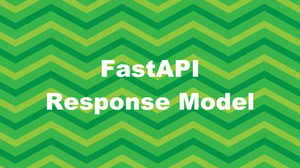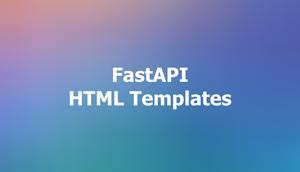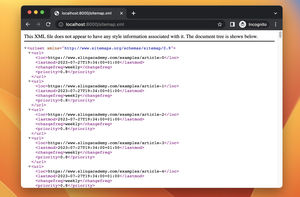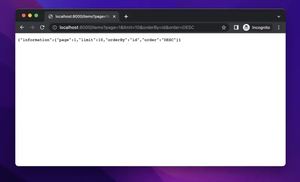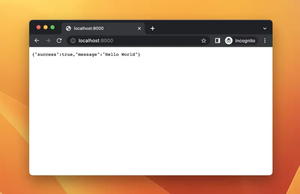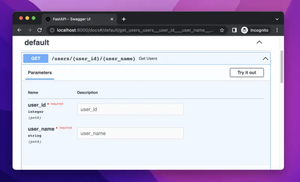Understanding HTTPValidationError in FastAPI
When working with FastAPI, an HTTPValidationError typically occurs when the data sent by a client does not conform to the expected schema defined within your FastAPI application. This validation happens for both request and response data and is a safeguard to maintain the integrity of the data being passed to and from your API. It is crucial to handle these errors to provide informative feedback to the client while keeping your API functional and secure.
Handling HTTPValidationError Gracefully
Solution 1: Customize Error Handling
Customize error responses using FastAPI exception handlers:
- Define an exception handler using the
@app.exception_handlerdecorator. - Create a custom response model for validation errors.
- Override the default exception handler with the new handler that returns the custom response.
Example:
from fastapi import FastAPI, Request
from fastapi.responses import JSONResponse
from fastapi.exceptions import RequestValidationError
app = FastAPI()
class ValidationErrorResponse(BaseModel):
detail: List[str]
@app.exception_handler(RequestValidationError)
async def validation_exception_handler(request: Request, exc: RequestValidationError):
return JSONResponse(
status_code=422,
content={"detail": exc.errors()},
)
Advantages: Provides a mechanism for detailed client feedback. Enhances flexibility on error handling
Limitations: Might require additional effort to maintain custom handlers for various exceptions.
Solution 2: Use Pydantic Models
Strengthen validation using Pydantic models:
- Define a Pydantic schema for your data models.
- Use these schemas for input validation in path operations functions.
- Handle the error within the path operation function, providing custom responses if necessary.
Example:
from fastapi import FastAPI, HTTPException
from pydantic import BaseModel
app = FastAPI()
class Item(BaseModel):
name: str
price: float
@app.post("/items/")
async def create_item(item: Item):
if item.price <= 0:
raise HTTPException(status_code=400, detail="Price must be positive")
return item
Advantages: Ensures validation at the model level. Provides clarity and type safety.
Limitations: Requires knowledge of Pydantic. Can be verbose for complex schemas.
Solution 3: Query Parameters Validation
Validate query parameters directly in path operations:
- Use FastAPI function parameters to validate query parameters with type annotations.
- Implement additional validations within the function body, if necessary.
- Return a custom response for failed validations.
Example:
from fastapi import FastAPI, HTTPException
app = FastAPI()
@app.get("/items/")
async def read_item(price: float):
if price <= 0:
raise HTTPException(status_code=400, detail="Price must be positive")
return {"price": price}
Advantages: Fast and straightforward implementation. Uses the built-in feature of path operations.
Limitations: Limited to simple types and validations. Not ideal for complex object structures.
